In 1815, the only legitimate daughter of Lord Byron, the famed Romantic poet, was born, a child he would never meet. Raised by a mother determined to scrub away “poetical insanity” with pure logic, Ada Lovelace grew into a woman who sketched flying machines while bedridden with measles, dazzled London’s elite at soirees with her grasp of mathematics, and secretly ran a horse-racing betting syndicate powered by math. She created the first computer program ever for a machine that wouldn’t exist to run it until more than a century beyond her lifetime. Her life was a collision of poetry and precision, scandal and science, and her ideas still reverberate in the technology we use today.
The making of Ada
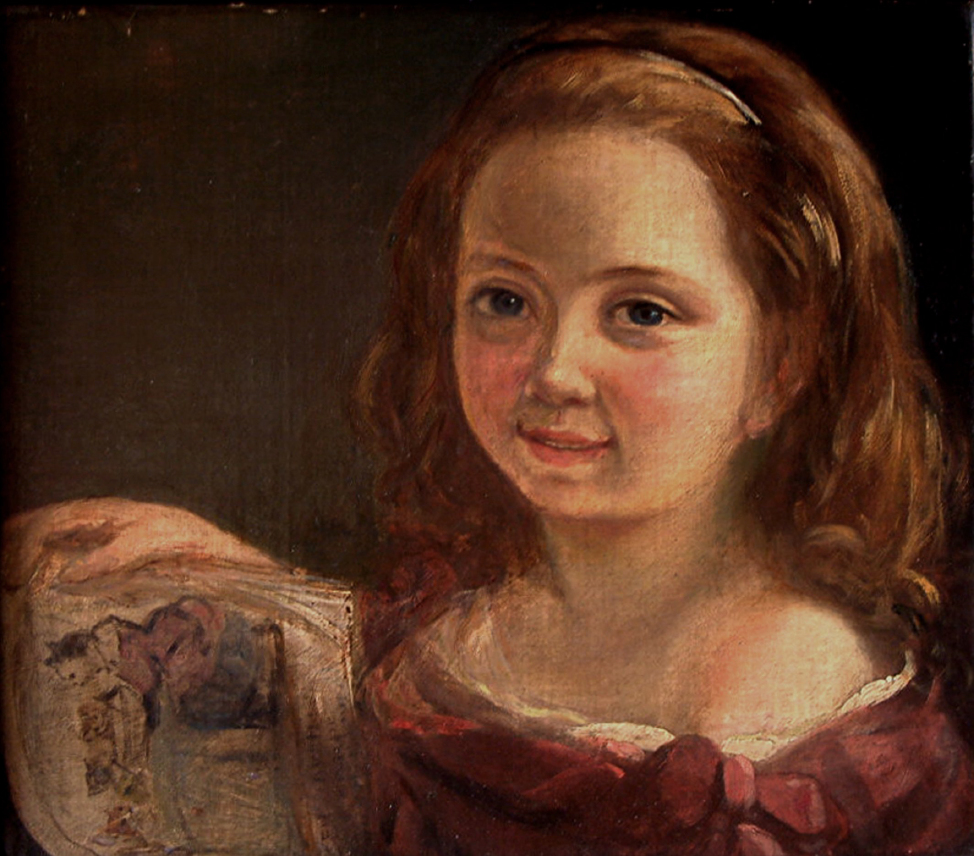
Ada was born on December 10, 1815, to Lord Byron, the famed Romantic poet whose work stirred both adoration and scandal across Britain, and Annabella Milbanke, a highly educated and wealthy woman known for her sharp intellect and moral rigor. Their marriage had been brief and fraught, ending within weeks of Ada’s birth. While Byron’s fiery temperament and public controversies kept him in the headlines, Annabella deliberately distanced herself and her daughter from him, determined to shape Ada’s upbringing toward mathematics, logic, and discipline rather than the unpredictable passions of her father.
When Ada was only a few weeks old, Byron left England for the Continent, never to return. His departure was fueled by marital conflict, mounting scandals, and a restless desire for adventure abroad. Ada grew up knowing her father only through his poetry and his reputation, a distant and often controversial figure whose shadow loomed over her life. At the age of eight, she learned of his death in Greece, where he had gone to support the Greek War of Independence. The news marked the permanent closing of any possibility of reconciliation and deepened her mother’s resolve to steer Ada away from what she saw as her father’s dangerous romanticism.
Annabella saw mathematics and rational study as both a safeguard and a compass for her daughter’s future. She surrounded Ada with tutors skilled in arithmetic, geometry, and science, insisting that her education be rigorous and structured from an early age. Lessons were not confined to the classroom. Annabella wove logical thinking into everyday life, encouraging Ada to observe patterns, question assumptions, and apply analytical reasoning to any problem she encountered. This intentional molding was as much about keeping her from the perceived dangers of her father’s temperament as it was about equipping her to thrive in a world where women rarely entered scientific fields.
A curious, analytical mind
Even as a young girl, Ada displayed an inventive streak that startled her tutors. At the age of twelve, while recovering from a bout of measles that left her temporarily unable to walk, she sketched detailed plans for a steam-powered flying machine. Her designs included wings modeled after birds, mechanical flapping mechanisms, and a steam engine to generate lift, an ambitious fusion of observation, engineering principles, and imagination. Though the machine was never built, the exercise reflected her ability to think far beyond the boundaries set for girls of her era, foreshadowing the visionary leaps she would later make in computing.
Under the guidance of prominent tutors like Mary Somerville, one of the most respected scientific minds of her era, Ada was introduced to advanced mathematics and scientific thinking that few women had access to at the time. Somerville was not just a teacher but also a role model; a translator of Laplace’s work and a connector within the intellectual elite who encouraged Ada’s curiosity and helped her see the potential of combining imagination with rigorous analysis. Their lessons went beyond formulas; they explored the philosophy of science, the beauty of mathematical patterns, and the possibilities of applying these ideas to the mechanical inventions Ada already loved to dream about.
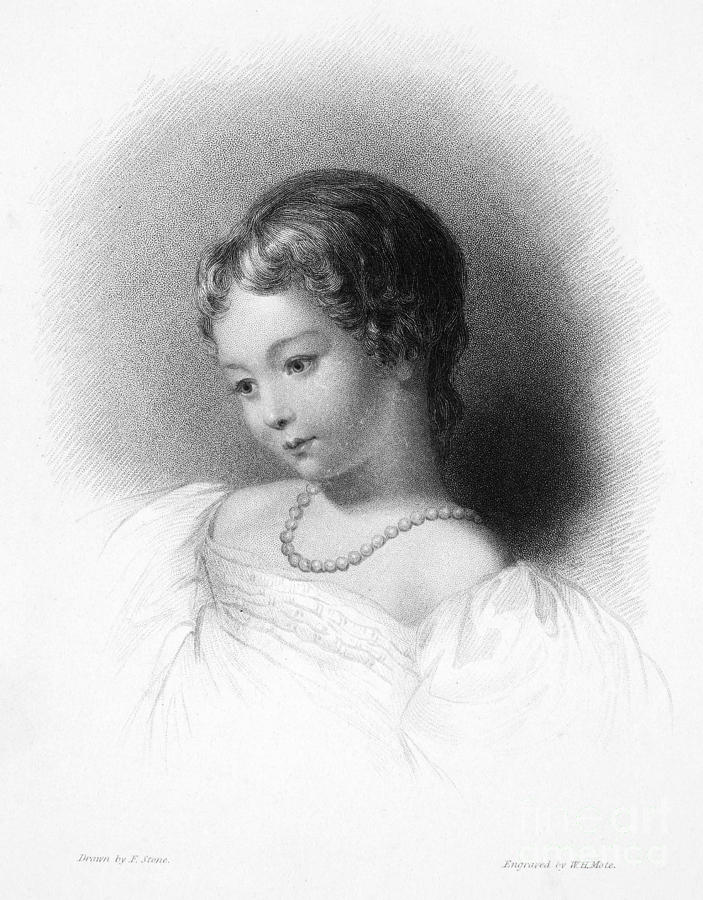
From childhood, Ada faced recurring bouts of illness that would confine her to bed for weeks or months at a time. At age fourteen, a serious case of measles left her paralyzed for nearly two years, forcing her to rely on crutches and spend long stretches indoors. These periods of physical limitation became a crucible for her intellectual growth; unable to run or play like other children, she immersed herself in books, mathematics exercises, and mechanical sketches. The discipline she developed in channeling frustration into focus would become a defining trait, giving her both the patience to work through complex problems and the determination to pursue ambitious ideas despite obstacles.
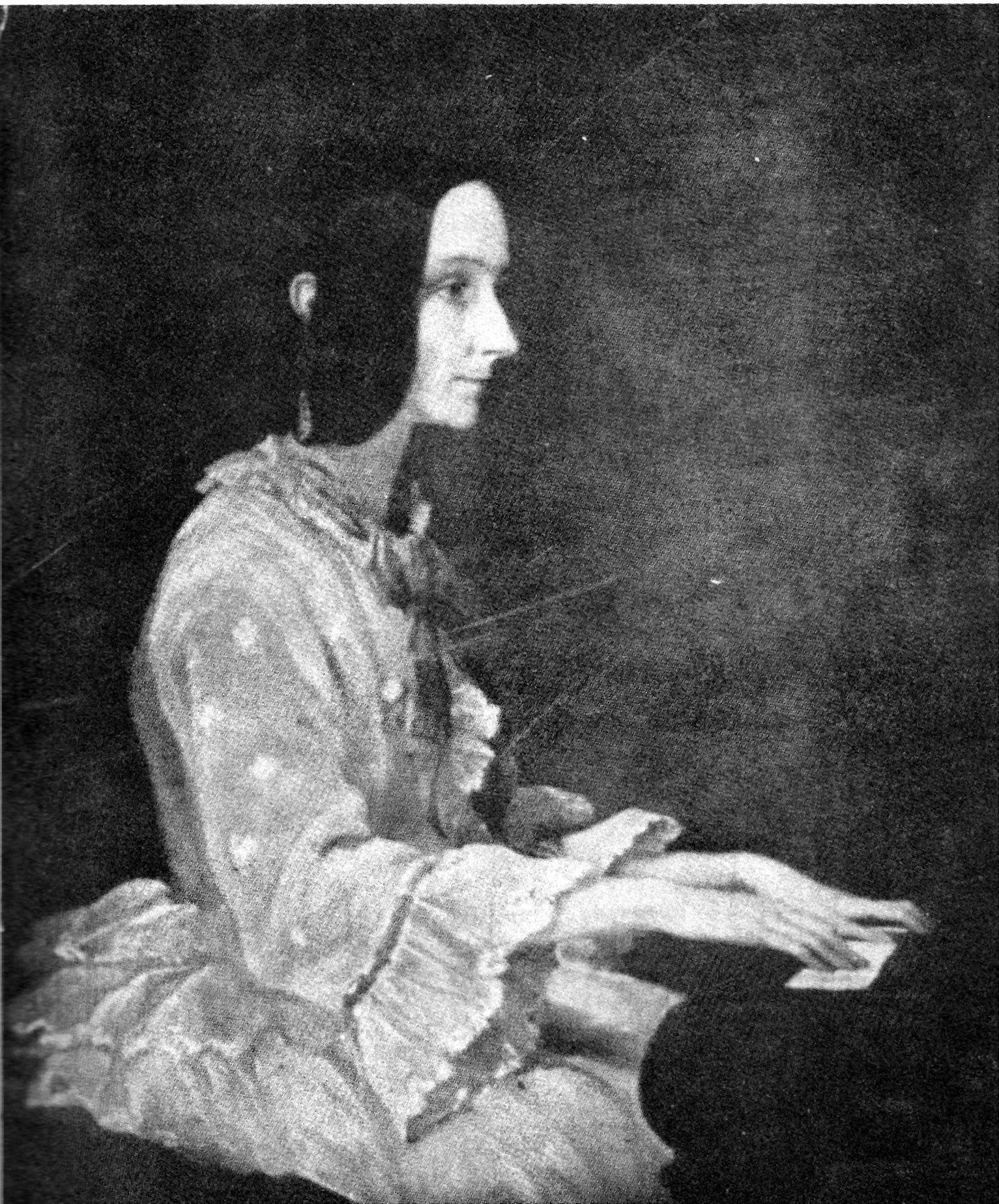
Immersed in the elite social circles of London, Ada gained access to salons, lectures, and private gatherings where leading scientists, engineers, and thinkers exchanged ideas. These events were as much intellectual arenas as they were social occasions, and Ada, with her sharp wit and genuine curiosity, often found herself in animated discussions with the likes of Charles Babbage, Michael Faraday, and other luminaries. Such gatherings blurred the lines between society entertainment and academic exchange, creating opportunities for her to forge relationships that would prove pivotal to her future work.
In 1833, Ada attended a glittering London soiree hosted by one of the city’s prominent society figures, where Charles Babbage unveiled a small working section of his ambitious Difference Engine. While many guests admired it briefly before returning to the music and conversation, Ada lingered, fascinated. She peppered Babbage with questions, quickly grasping not only what the device could do but also imagining its broader potential. This encounter was less a casual introduction and more the spark of a professional relationship that would eventually lead her to write the first published algorithm in history.
From that first meeting, Ada and Babbage formed an immediate rapport rooted in their shared fascination with the possibilities of mechanical computation. Babbage recognized in Ada not just a bright conversationalist but someone who could grasp the deep theoretical underpinnings of his designs, while Ada saw in Babbage a mind unafraid to dream on a monumental scale. Their conversations quickly moved beyond polite society chatter into speculative, even visionary territory; how numbers could be manipulated, how processes could be automated, and how machinery might one day extend human thought itself.
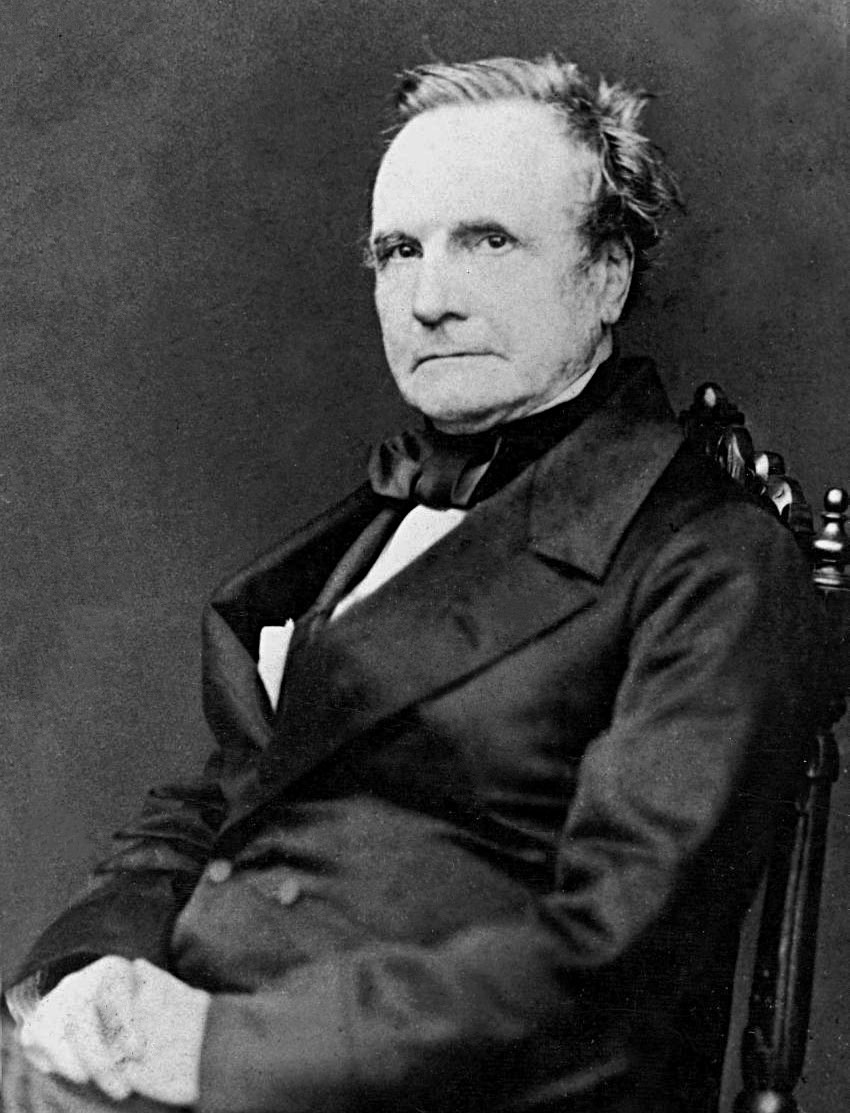
In the years following their first meeting, Ada and Babbage maintained a lively correspondence filled with technical discussions, personal encouragement, and shared speculation about the Analytical Engine’s potential. Letters often blended rigorous mathematical analysis with imaginative leaps into future possibilities, such as using the machine to compose music or explore complex scientific problems. Babbage valued Ada’s insights enough to share his most detailed plans with her, and she, in turn, refined his ideas and suggested new directions. Their collaboration, though carried out largely through letters and occasional meetings, became a sustained intellectual partnership that would culminate in her groundbreaking Notes.
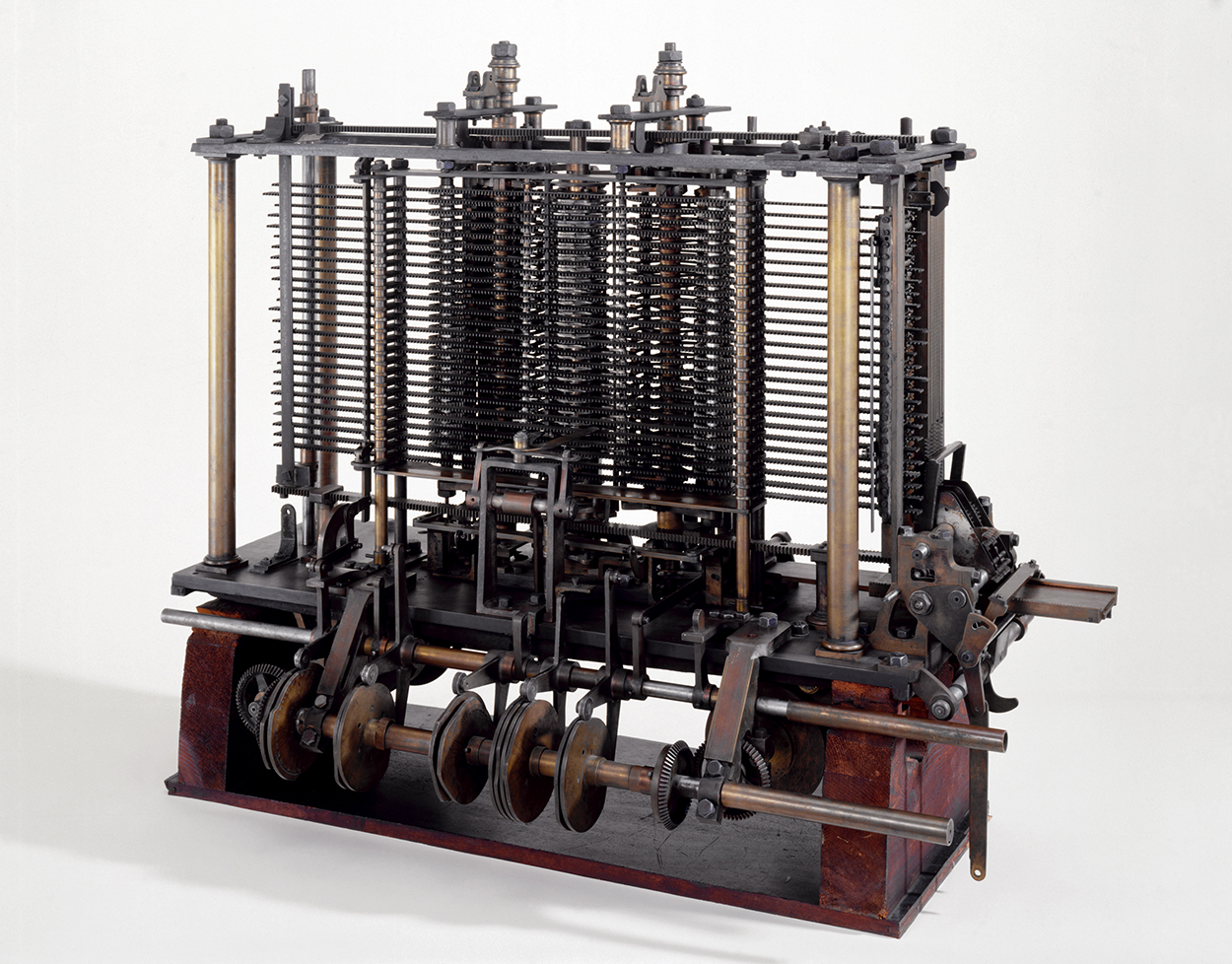
In 1842, Italian mathematician and engineer Luigi Federico Menabrea published a paper in French describing Charles Babbage’s designs for the Analytical Engine, based on lectures Babbage had given in Turin. The paper offered a concise but technically rich explanation of the machine’s architecture, its use of punched cards, and its potential to automate complex calculations; concepts that were radical for the time. Menabrea’s account caught Babbage’s attention, and he suggested to Ada that she translate it into English for the wider British scientific audience, setting the stage for her most significant contribution to computing history.
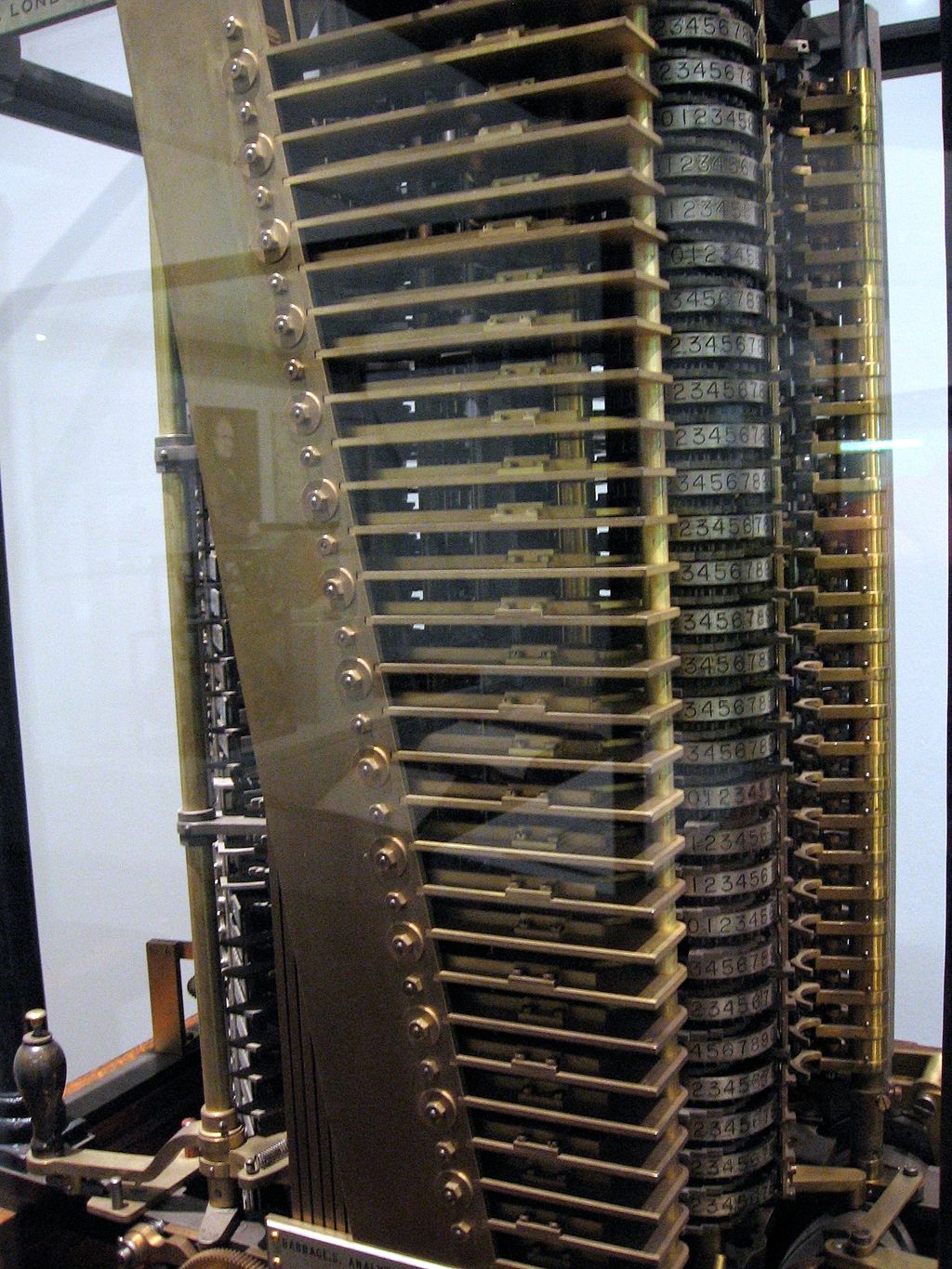
Ada’s English translation became far more than a direct rendering of Menabrea’s work; she used it as a platform to append an extensive set of “Notes” that were more than twice the length of the original paper. In these Notes, she clarified technical details, expanded on the Analytical Engine’s theoretical capabilities, and introduced her own visionary ideas that went far beyond Babbage’s descriptions. She explained how the machine could execute a sequence of operations, laid out the first published algorithm designed for it, and speculated on its potential to manipulate symbols and create music. This blend of technical precision and imaginative foresight transformed what could have been a routine translation into a landmark document in the history of computing.
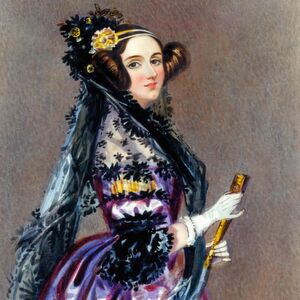
While working on her translation and Notes, Ada devised a detailed method for the Analytical Engine to calculate Bernoulli numbers, a complex sequence used in number theory, by breaking the process down into a series of steps the machine could follow automatically. This was not merely an example; it was the first time such a process had been explicitly written for execution by a machine, making it the earliest published computer program. Her precision in describing the sequence, the flow of instructions, and how the Engine would manipulate values demonstrated a profound grasp of programming concepts long before computers existed.
Ada also ventured far beyond mathematics, speculating that the Analytical Engine could one day process not just numbers but any form of symbolic data. She imagined it manipulating letters, patterns, and even sounds, opening the door to creative applications. Most famously, she predicted that the Engine could compose elaborate pieces of music if the rules of harmony and composition were translated into mathematical form, a strikingly modern vision of computers as tools for art as well as science, articulated a century before digital music became reality.
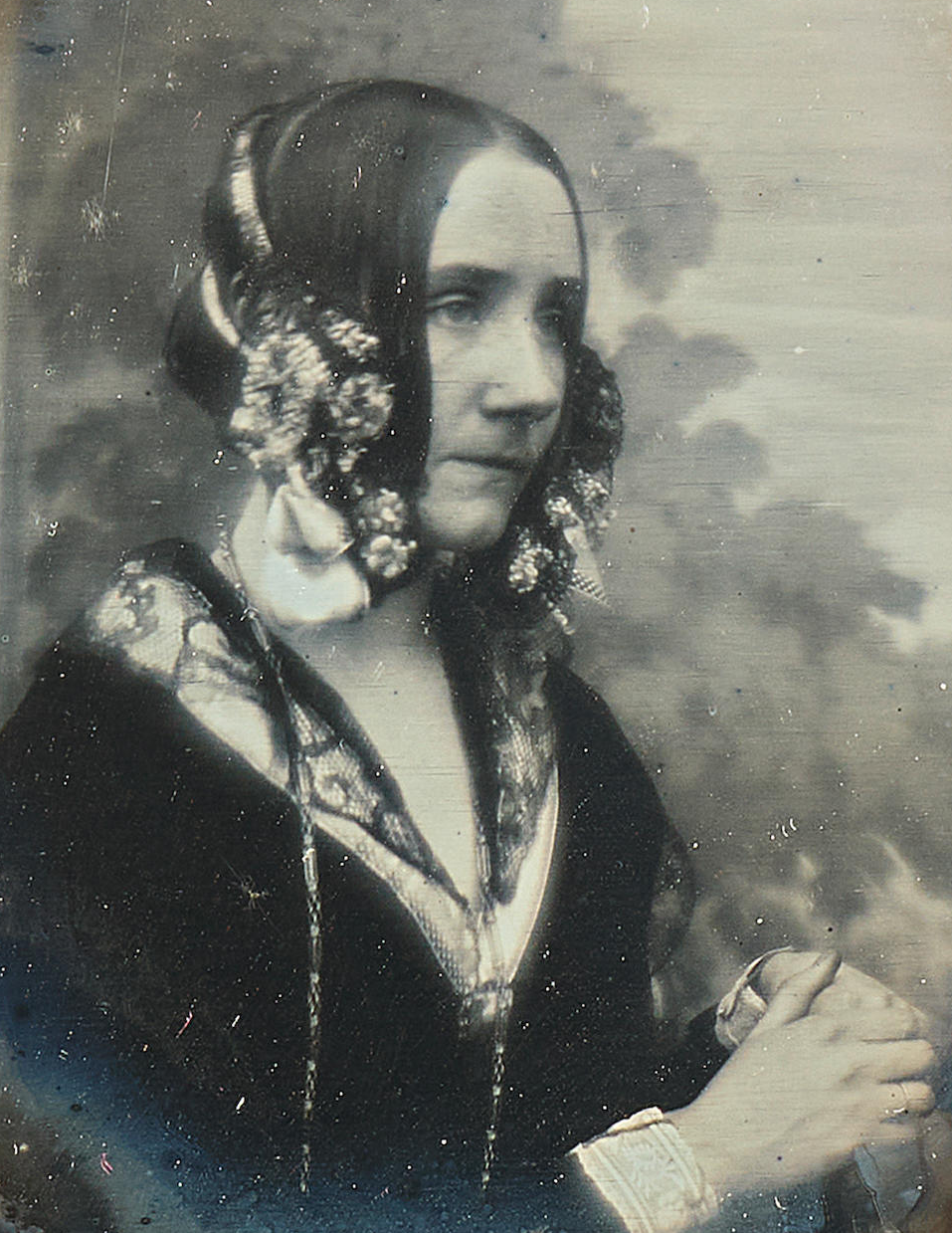
Ada’s personal life was as complex and unconventional as her professional ambitions. Her aristocratic marriage to William King, later the Earl of Lovelace, brought her into Britain’s upper social circles, but she often moved beyond their boundaries. She formed friendships with an eclectic mix of scientists, writers, and society figures, sometimes stirring gossip simply by the company she kept.
One of the most infamous chapters in her life was her immersion in horse-race gambling. Applying her mathematical skills to betting systems, Ada joined a small group of male acquaintances in what was effectively a 19th-century data-driven betting syndicate. Her aim was to predict race outcomes through calculated probability, but the scheme failed spectacularly, leaving her with large debts.
The financial strain forced her to pawn family heirlooms, and whispers of the scandal spread quickly in the tightly knit aristocratic world. Rumors about her personal life and alleged affairs, some exaggerated, others entirely unfounded, further complicated her social standing. While she remained outwardly composed, these incidents were blows to her reputation.
Her health added to her challenges. Throughout her life, Ada battled chronic illnesses that interrupted her work for long stretches. These bouts, coupled with the pressures of her social position and personal setbacks, demanded a resilience that defined much of her adult life.
In her final years, Ada was diagnosed with uterine cancer. She endured a rapid decline, passing away at just 36 years old in 1852. In a final echo of the father she never knew, she was buried beside Lord Byron, closing a life that had been equal parts brilliance, controversy, and tragedy.
Lovelace’s contributions today
More than a century after her death, engineers and historians embarked on the ambitious task of reconstructing Babbage’s Difference Engine using his original blueprints. This project required painstaking craftsmanship to recreate 19th-century machining methods and assemble thousands of precision-engineered parts. When the finished engine was unveiled, it ran flawlessly, proving not only that Babbage’s concept was mechanically sound but also that Ada’s faith in his designs had been well placed.
The Analytical Engine, which Ada wrote for, has also been partially built in modern times by dedicated historians and computing enthusiasts. These reconstructions, often created using Babbage’s surviving plans and period-accurate engineering methods, have brought to life components that existed only on paper in Ada’s time. By running her Bernoulli numbers algorithm on these recreated sections, modern builders have demonstrated not only the practicality of her instructions but also her uncanny grasp of computational logic a century ahead of its time.
In the mid-20th century, her Notes were rediscovered by computer historians delving into the origins of computational theory. This renewed attention placed Ada at the center of a growing historical narrative about early computing, and her detailed analyses began to influence the work of modern pioneers. Figures like Alan Turing explicitly referenced her observations when grappling with questions about the theoretical limits of machines, treating her insights as a bridge between mechanical calculation and the emerging field of computer science.
Today, Ada Lovelace is celebrated annually on Ada Lovelace Day, an international event held each October that highlights the achievements of women in science, technology, engineering, and mathematics. The day features talks, workshops, and community events around the world, all aimed at inspiring the next generation of innovators and raising awareness of the vital contributions women have made to technical fields.
Her legacy continues in a wide range of tributes: programming languages such as Ada named in her honor, educational initiatives designed to encourage girls to pursue careers in STEM, and cultural recognition through books, films, and public exhibitions. These honors reinforce her place in history as the first computer programmer and a visionary who understood, far ahead of her time, that computing could be a tool for both scientific discovery and artistic creation.
